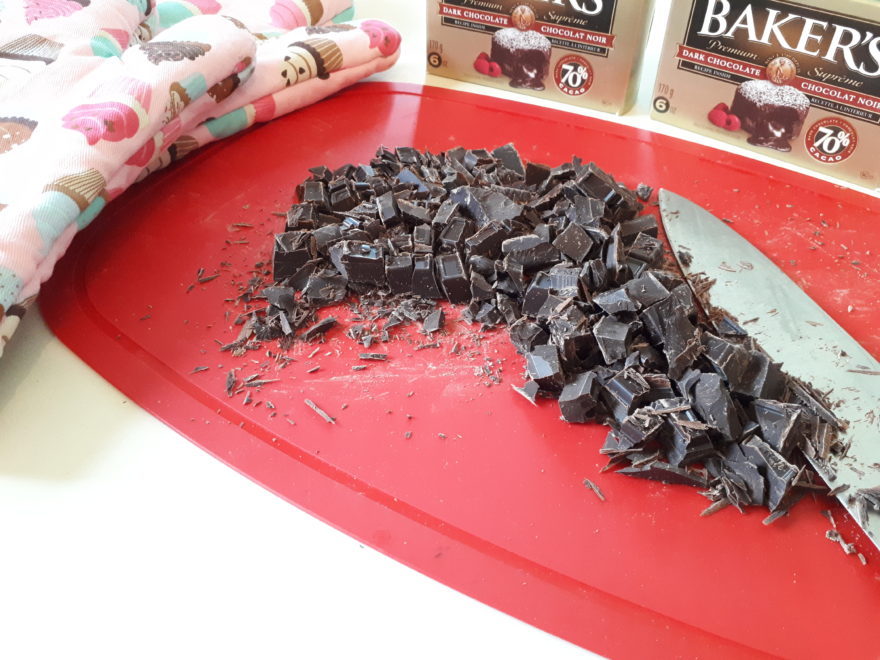In the past little while I’ve done more home baking than usual, but not because of the current pandemic that has been driving folks to suddenly starting making bread at home. Baking is something that I’ve loved to do since I was a young child – particularly if chocolate is involved!
My paternal grandmother was a fantastic home baker; cakes, fruit pies, cookies, brownies, dessert squares, and so much more. She would even bake fantastic field-berry pies in the old wood-stove at our cottage, going by the smell of the pastry to know when the pie was ‘done’.
Everything she made was delicious, and some of my fondest childhood memories are baking by grandma Kitsy’s side. This passion of mine has become more challenging recently, though, since I developed a rare disease back in 2016; Complex Regional Pain Syndrome (CRPS) affects my right hand and arm.
Of course, I’m right-handed. Despite CRPS, I still have a lot of fun with baking. My favourite recipes are for layer cakes and cupcakes, because I used to love creating decorations out of icing. These days, because of CRPS, I can’t create icing flowers petal by petal or other very detailed designs – but I’ve found some tricks to still make my creations look nice.
Instead of baking the same recipes over and over, I like to experiment with new ones. That’s part of what keeps baking fun for me. If you have some favourite recipes that you like to make, that’s great; I have a few of my own that I’ve been making from time to time for over thirty years.
One of the fun things about baking is that no one cares if you make a new recipe or an old one, they’re just happy to have a home-baked treat! April is always an opportune time for me to try new cake and cupcake recipes, with several family birthdays as well as the Easter holiday.
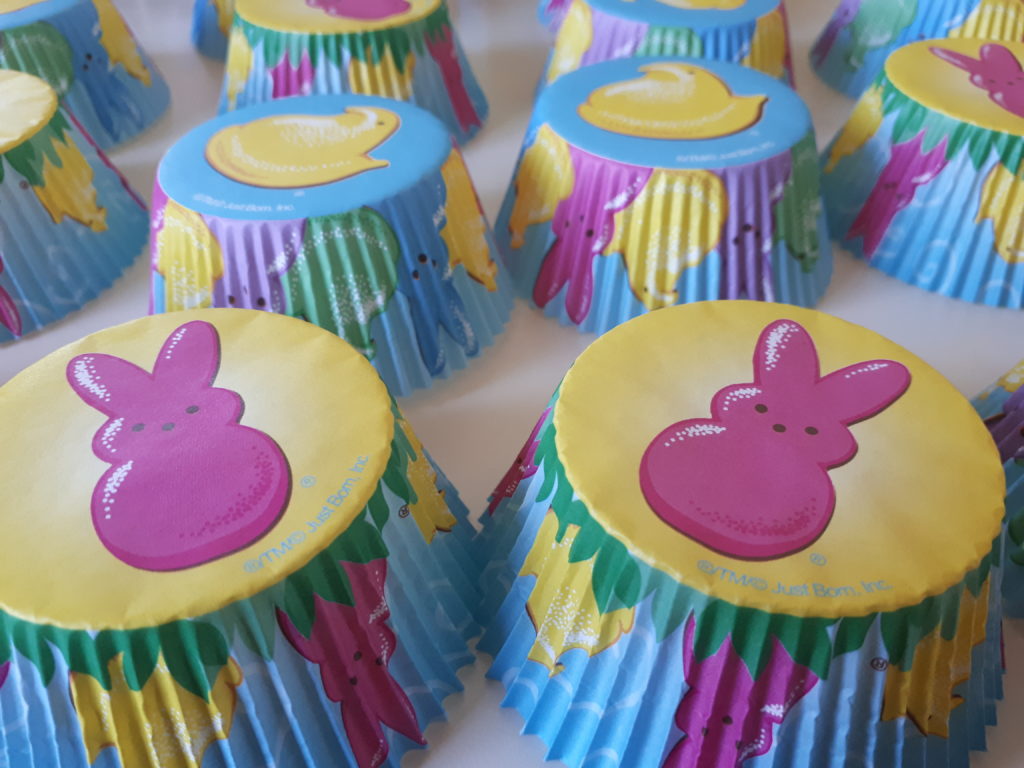
Pacing myself is something that I’ve learned to do, because of my rare disease, and when it comes to baking that means that I’ll often bake a dessert one day and then frost it the following day. I’m also learning to deal with a newer symptom of my CRPS, another little ‘life hiccup’ in my life.
This rare disease is both an autoimmune and a neuro-inflammatory condition, and about sixty-five percent of patients living with CRPS for more than a few years will develop cognitive issues. Problems with language, memory, and more:
Significant neuropsychological deficits are present in 65% of patients… some patients presenting with global cognitive impairment.”(1)
Yup, that’s what happened to me in late 2018; a mild cognitive impairment (MCI). My MCI makes following written instructions, like recipes, a challenge. It would be easier to stick with recipes that I’ve made before, but if you know me you know that I don’t often back down from a challenge ‘-)
By baking a few new recipes within just a couple of weeks this month, I’ve come to the realization that baking is a type of therapy for some aspects of my CRPS. Think of baking a new recipe in terms of trying to solve a puzzle, for example; it really is a form of problem-solving for me these days! Well, problem-solving is essential for preventing my MCI from worsening.
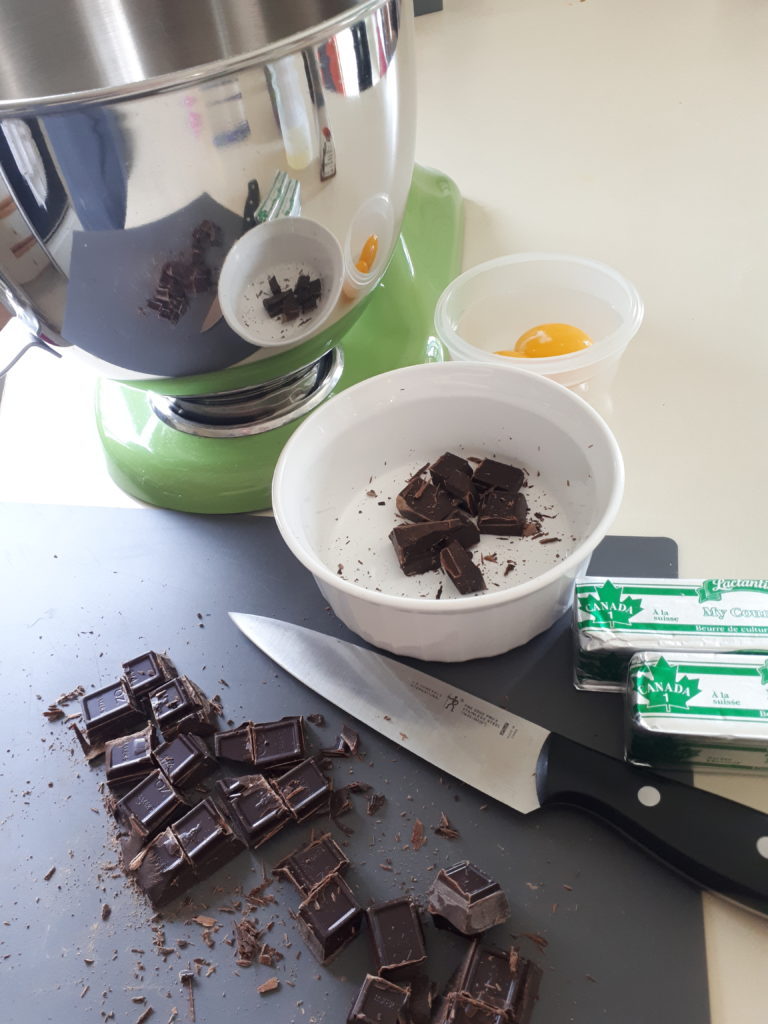
©Sandra Woods 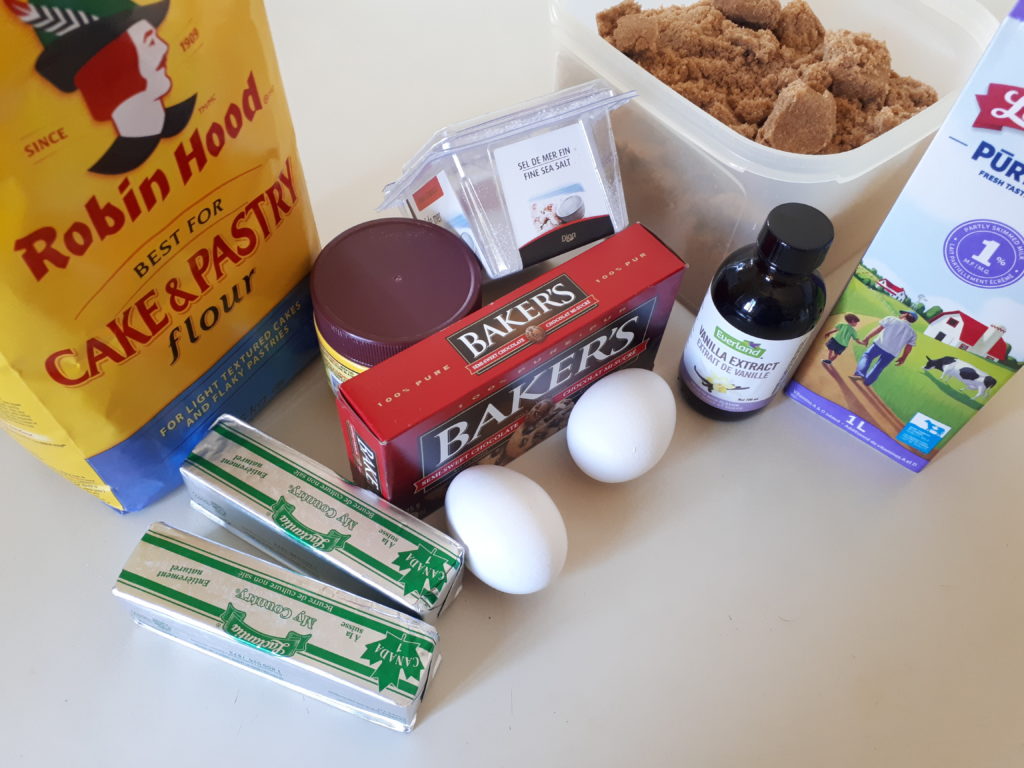
©Sandra Woods
Chopping chocolate, mixing batter, making designs out of frosting using a piping bag… each of these activities forces me to use both of my hands simultaneously. I know that I have to continue to use my right hand and arm, because:
Atrophy of the soft tissues, muscles, and bones can also occur… from simple disuse of the affected extremity.”(2)
As tempting as it would be for me to stop using my right hand altogether, because of the chronic neuropathic pain from CRPS, I know that this “protective guarding”(2) would harm my hand and arm in the long run.
The atrophy, or wasting, from disuse of a limb affected by CRPS can require amputation. I decided long ago that I’d do everything in power to prevent having my lower arm amputated.
During this pandemic almost-lockdown period, finding ways to exercise my right hand has become crucial. Why is that? Due to the high number of cases of COVID-19 here in Montreal, the clinic at which I usually receive my weekly M&M-style physiotherapy treatments has been temporarily closed since mid-March.
Since then, I’ve once again begun using the physical therapy tools that I tried when I was first diagnosed with this rare condition; to ensure that my hand gets a little ‘workout’ every day. From now on, I’m going to consider baking as a physiotherapy session ‘-)
What did I bake this month? Great question! I tried two new recipes on April 13 and 14; for dark chocolate cupcakes, and orange buttercream icing to go with them. They didn’t turn out the way I had envisaged them, but I did manage to creating icing flowers for these cupcakes.
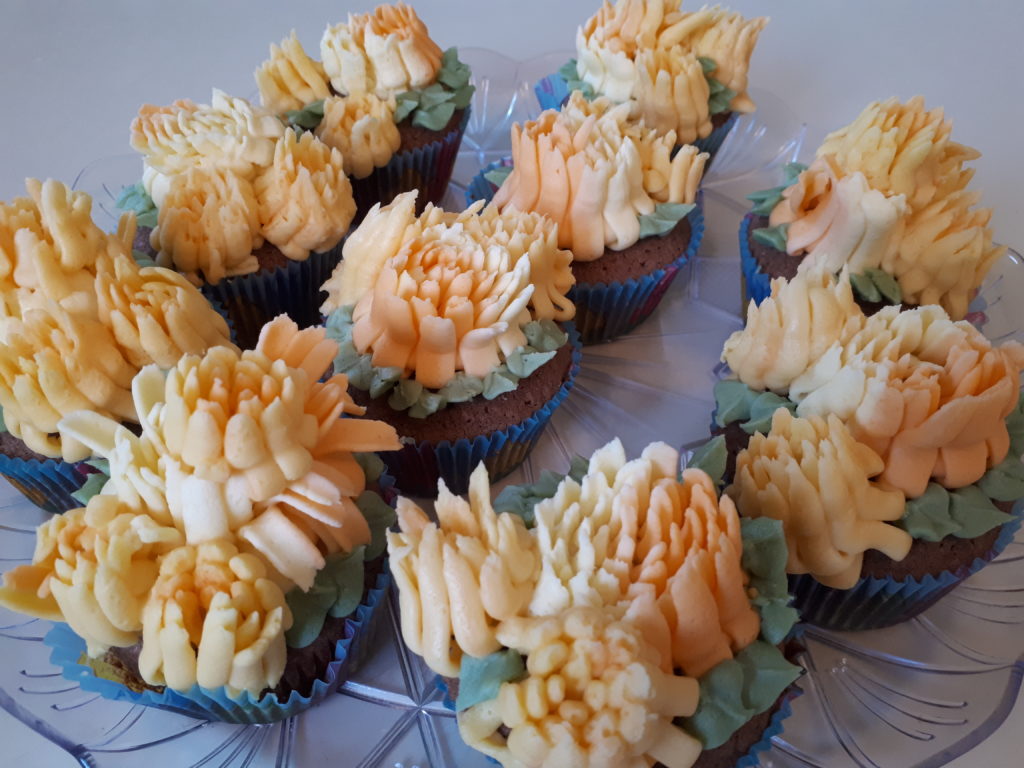
Then I baked a healthier dessert; a spelt flour loaf-bread loaded with bananas and blueberries. My sweetheart adores this recipe, so it’s one of the ones which I make from time to time. It makes a lovely afternoon snack, with a cup of tea.
Yesterday and today I tried a new recipe for a triple chocolate cake with dark chocolate icing. This one came out deliciously well, and we’ve already agreed that I’ll probably make it for my husband’s birthday 😉
It was fantastic as physiotherapy workout for my hand, because I had to chop almost 340 g (12 oz) of 70% dark chocolate into small pieces; half for the cake, and half for the icing. Have I mentioned that I love dark chocolate?
As any true choco-holic knows, dark chocolate itself might provide some therapeutic benefits. A few of them have been linked specifically to the kinds of cognitive issues with which I’m struggling:
“a 2011 study of young adults found that two hours after consuming dark chocolate (with high flavanol content), memory and reaction time were better…
One 2014 study found that among adults ages 50 to 69, those taking a cocoa supplement with high flavanol content for three months had better performance on tests of memory than those assigned to take a low-flavanol cocoa supplement.
Several studies demonstrated evidence of improved brain blood flow, oxygen levels, or nerve function as measured by imaging tests or tests of electrical activity in the brain after the consumption of cocoa drinks:”(3)
So from now on, I’m going to consider any recipe involving dark chocolate to be part of a new category within my CRPS management plan; “chocolate therapy” ‘-) Another part of baking as therapy? The feeling of satisfaction from delivering a treat to a loved one, and bringing joy to them…
Thanks so much for stopping by this blog, as always! It has always been, and remains, 100% non-commercial. Any products shown in my photos are simply there because it’s what I happened to have in my pantry; I don’t receive any money, from anyone, for this blog.
I wish you many moments of happiness today. Stay safe, and take care of your well-being. Feel free to reach out via Instagram or Twitter if you’d like to comment, or just to eChat. I love hearing from you! Be well…
References
(1) David J. Libon, Robert J. Schwartzman, Joel Eppig, et al. Neuropsychological deficits associated with Complex Regional Pain Syndrome. J International Neuropsychological Society (JINS). 2010; 16, 566–573. Online 19 Mar 2010. doi:10.1017/S1355617710000214. Accessed 21 Apr 2020:
https://www.cambridge.org/core/journals/journal-of-the-international-neuropsychological-society/article/neuropsychological-deficits-associated-with-complex-regional-pain-syndrome/F56D83F23BB269C52DDF43198BA0536D#
(2) Gaurav Gupta and Arthur Carminucci. What is the role of protective disuse in the development of complex regional pain syndrome (CRPS)? Medscape. Online, updated 20 Jun 2018. Accessed 21 Apr 2020:
https://www.medscape.com/answers/1145318-107955/what-is-the-role-of-protective-disuse-in-the-development-of-complex-regional-pain-syndrome-crps
(3) Robert H. Shmerling. Your brain on chocolate. Harvard Health Blog. Harvard Health Publishing; Harvard University. 16 Aug 2017. Online. Accessed 21 Apr 2020:

